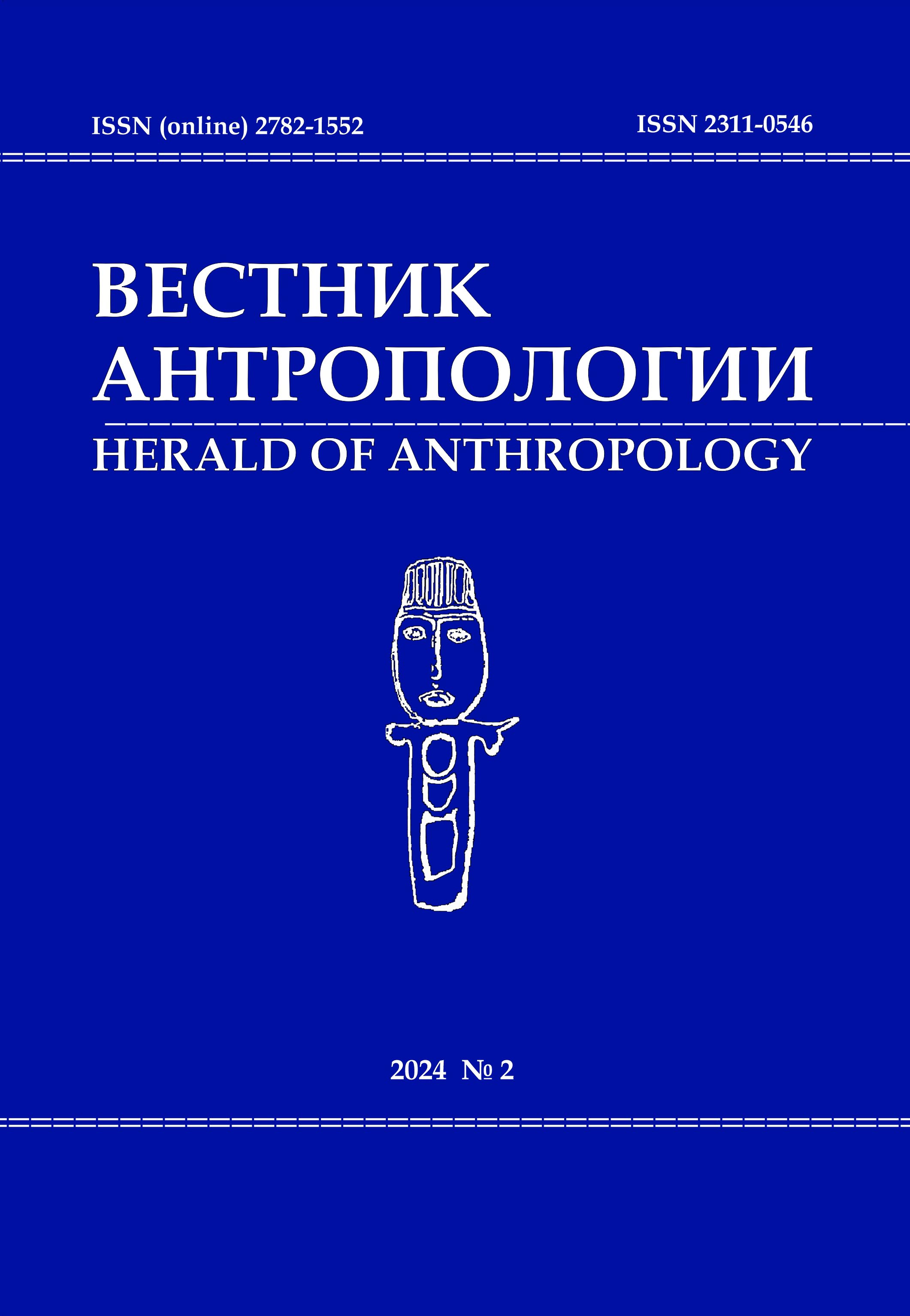Кавказские изыскания московской школы компаративистики в воспоминаниях участников
DOI: 10.33876/2311-0546/2024-2/310-321
Ключевые слова:
история науки, сравнительно-историческое языкознание, кавказоведение, С. А. СтаростинАннотация
На протяжении XIX в. сравнительно-историческое языкознание (известное также как лингвистическая компаративистика) занимало господствующие позиции в мировой лингвистике. Методология этого научного направления позволяет реконструировать и сопоставить известные языки, установить языковые контакты и связи. В 1960-х гг. в отечественной лингвистике сложилось своё уникальное интеллектуальное сообщество, ставшее ведущим в мире в области исследования дальнего языкового родства, — Московская школа компаративистики (МШК). На первых порах её исследования сосредотачивались главным образом на активном развитии т.н. ностратической гипотезы, предполагающей родство алтайских, картвельских, дравидийских, индоевропейских, уральских и афразийских языков. Однако ностратика не была единственным интересом последующих поколений компаративистов. Так, в статье представлен науковедческий анализ теоретического вклада московской школы компаративистики в отечественное и мировое кавказоведение. Внимание обращено на одну из знаковых и вместе с тем спорных идей этой лингвистической школы — сино-кавказскую гипотезу, выдвинутую выдающимся лингвистом С. А. Старостиным в 1980-х гг. Верификация этой колоссальной идеи требовала в свою очередь сперва провести реконструкцию языковых семей, входящих в базовый состав сино-кавказских языков (сино-тибетских, северокавказских и енисейских). Результатом долгой и плодотворной работы стала публикация в 1994 г. «Этимологического словаря севернокавказских языков» Николаева-Старостина, совершившего определенный прорыв в кавказоведении. Основываясь на собранных автором материалах интервью с коллегами и ближайшими соратниками Старостина (2020–2022 гг.), в статье описана история зарождения идеи и её реализация, поддержка и критика коллег, а также общественный резонанс, вызванный предложенными классификациями.






















